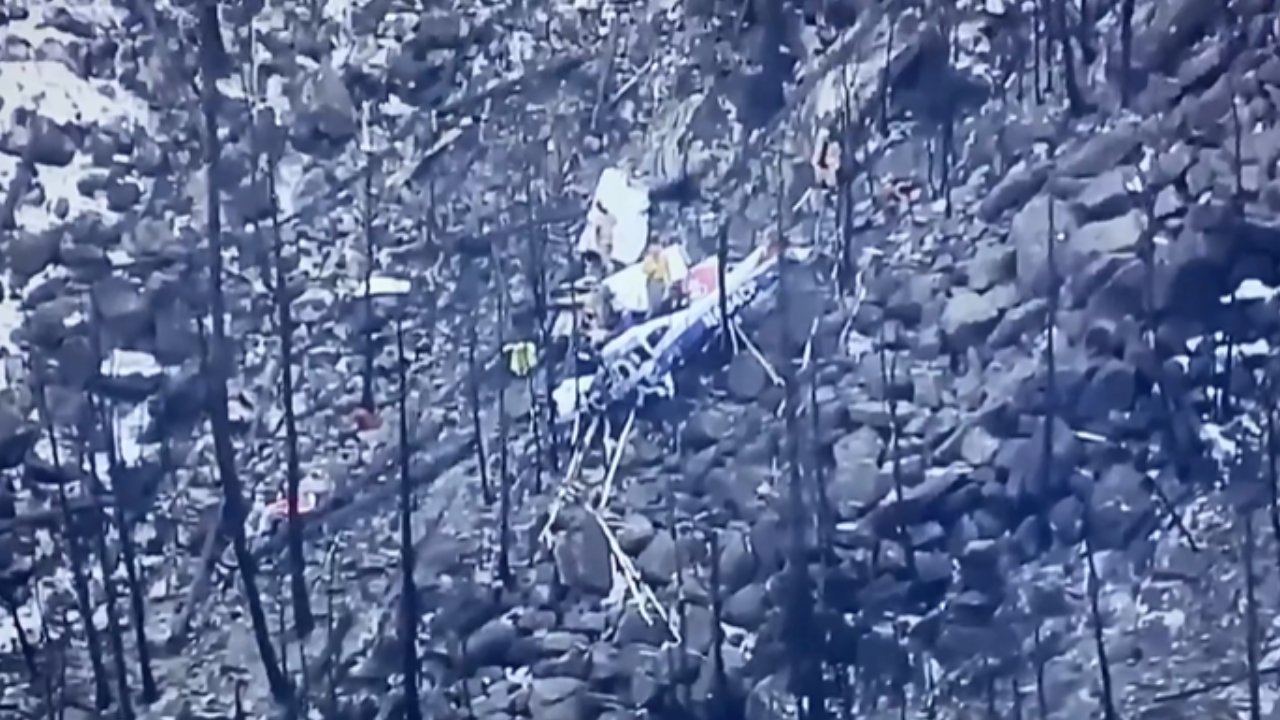ARTICLE AD BOX
Modern life is filled with chemicals, but when it comes to defining the “most dangerous chemical on Earth,” the answer may not be so clear.
Of course, there are plenty of dangerous substances competing for this title, such as the nerve agent VX, created by the British military.
According to experts, just 10 mg of this amber-colored oily liquid is enough to cause death within minutes. It works by seriously disrupting the body's muscular system, leading to paralysis and, ultimately, death by suffocation.
Another contender for the title of evil is chlorine trifluoride. This colorless gas is highly corrosive and so reactive that it spontaneously explodes upon contact with everyday materials including water and sand.
Although these chemicals are "terrifying", they cannot be classified as the most dangerous because they actually harm very few people, so the ranking of chemicals according to their danger can be based mainly on how likely we are to encounter a particular chemical.
Home Hazards
More than 100,000 people are accidentally poisoned in the United States alone each year by common household chemicals like bleach and disinfectants, Live Science notes, even though these are slower-acting and much less toxic than the likes of VX nerve agent.
However, it is worth noting that some household chemicals can be deadly when mixed together. For example, combining drain cleaner and bleach releases toxic chlorine gas.
All of this illustrates the challenge scientists face when ranking chemicals in order of their hazard. Ultimately, they must consider not only the strength of the substance itself, but also the likelihood that people will be exposed to it.
The difference between hazard and risk
A hazard is defined as the cause of harm, while a risk is the possibility of harm occurring as a result of exposure to a hazard, says Richard Webb, Health, Safety, Environment and Welfare Officer at Cardiff University's School of Chemistry.
In other words, hazard refers to the properties of the chemical, while risk varies depending on how it is used.
To illustrate this point, Webb cited the example of a kitchen knife. He noted that a sharp blade can cut things, including people, under the right circumstances, but how it is used and stored determines the threat it poses.
Applying the same logic to chemicals, a spokesperson for the European Chemicals Agency told Live Science: "Even a highly hazardous chemical poses no risk if there is no exposure to it."
"Some hazardous chemicals are also essential to our health in small doses, while they can be fatal at high exposure," he added.
Regular table salt is a good example of this: consuming small amounts is vital to maintaining the correct ionic balance within our bodies, but too much of it can cause serious health problems, such as high blood pressure and heart failure.
Furthermore, chemists also stress that identifying the most hazardous substances is challenging because there are multiple ways in which they can cause harm.
Simply put, it often depends on the form of the chemical and the context in which it is deployed.
For example, while chlorine is commonly used as a disinfectant in swimming pools today, the concentrated gas was a brutally effective chemical weapon in World War I.
The difference here is that only a small amount of chlorine is used in swimming pools, and it dissolves in the water.
"The thing that makes it so dangerous is the fact that it's a gas," Webb explained.
He concluded that anything can become somewhat dangerous if not handled properly, but there are steps we can take to keep ourselves safe.
.png)
 4 months ago
9
4 months ago
9









 English (US)
English (US)